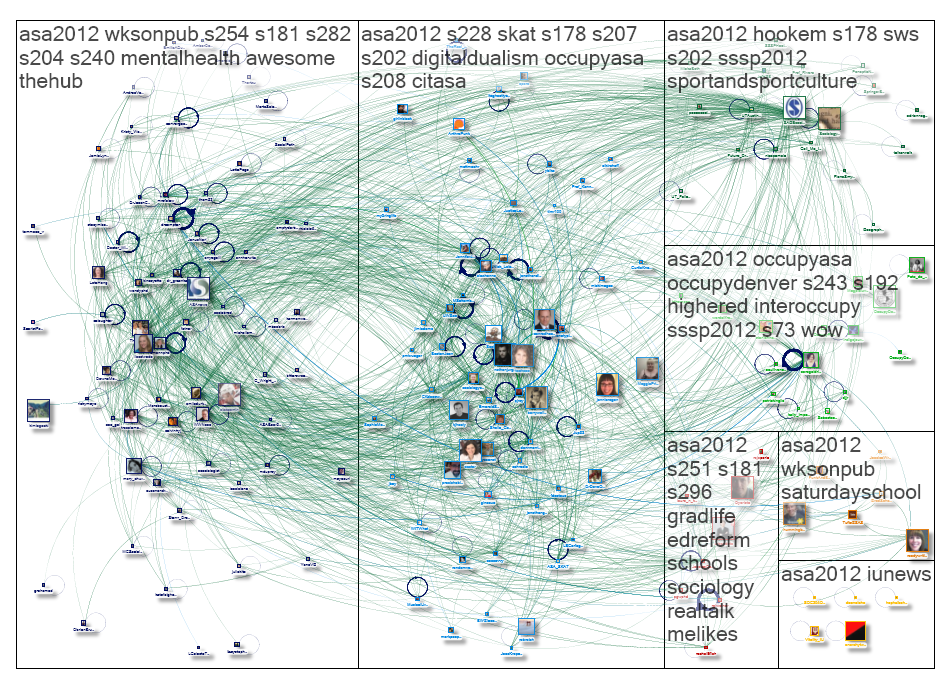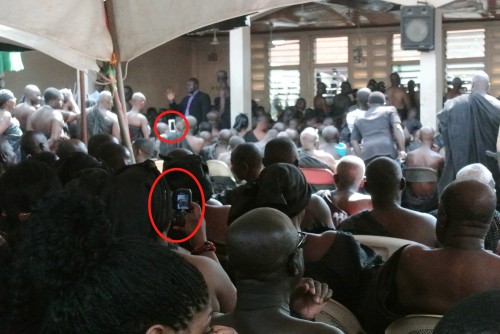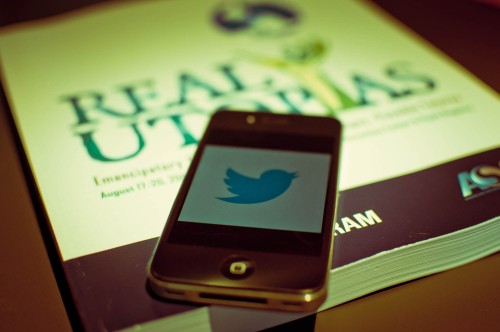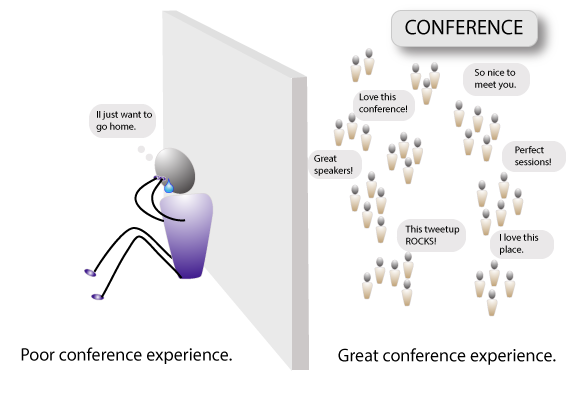
Before the 2012 meeting of the American Sociological Association kicked off last week, I challenged those of us who tweet at conferences—or “backchannel”—to reach out to those who don’t. (Nathan Jurgenson has since made a convincing argument for why ‘backchannel’ isn’t the right word for this practice, though I’m not yet aware of a good replacement term.) This week, I want to share some of my preliminary observations and questions about gender and Twitter use at ASA2012 by looking at Marc Smith’s (@marc_smith) Twitter NodeXL social network analysis maps.
So first off, what are we looking in the graph above?







